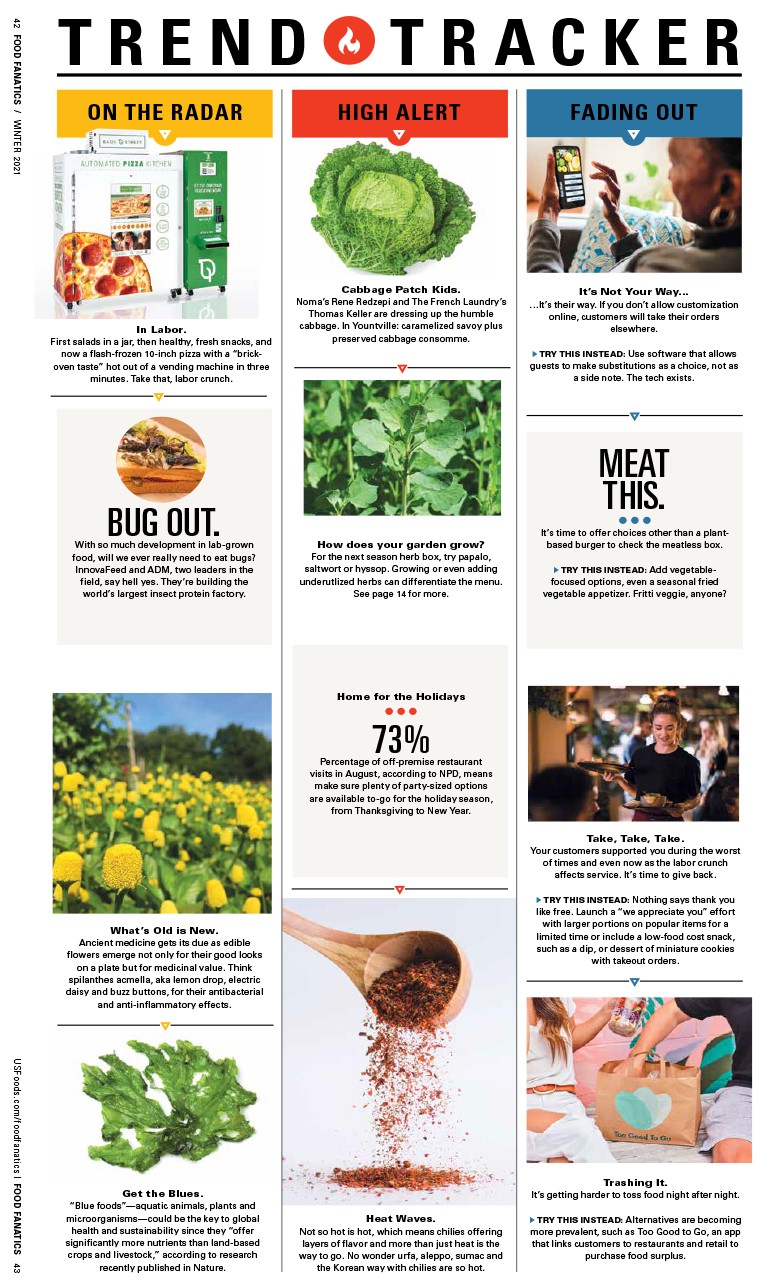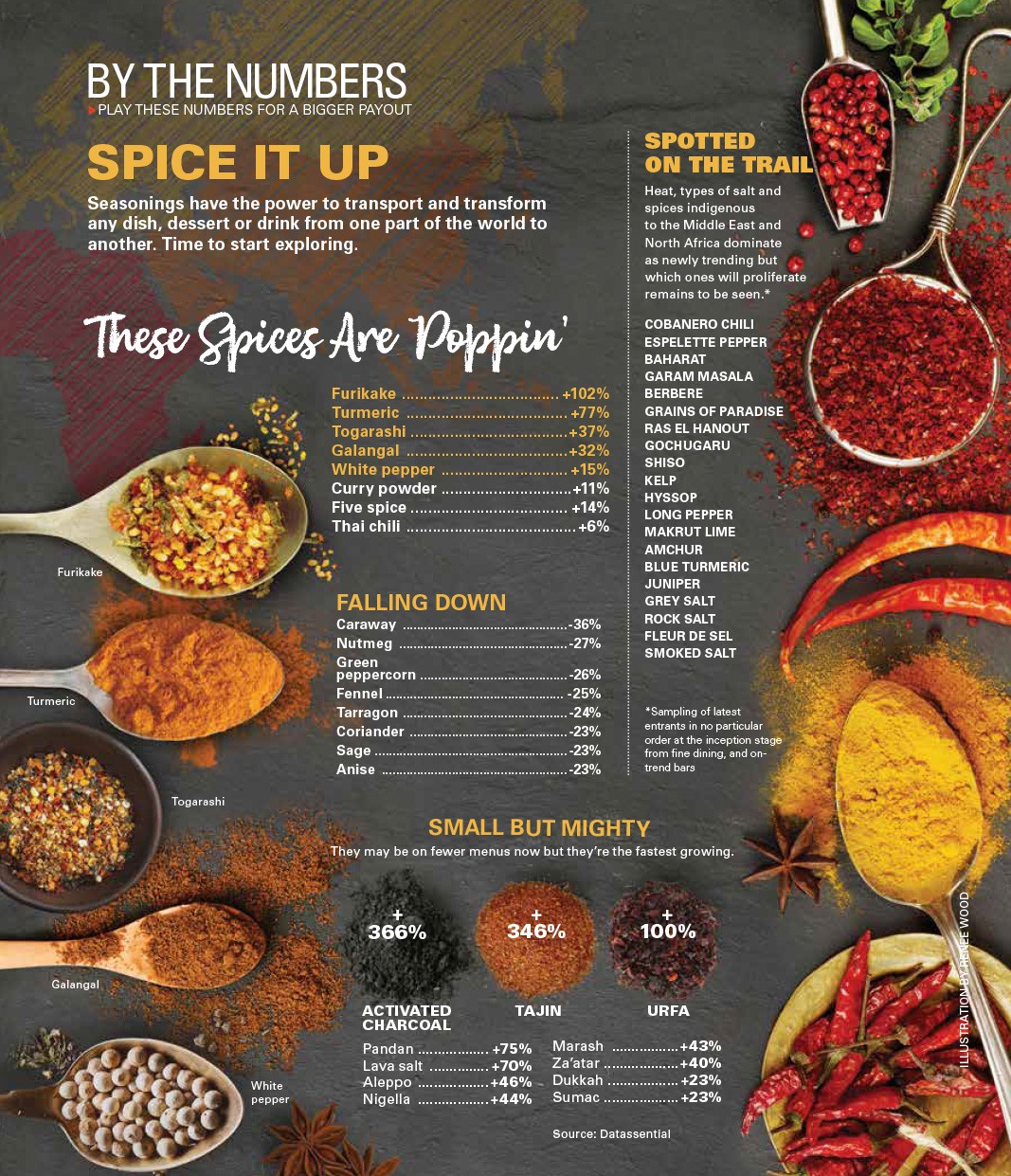Pay by Phone
Should you answer the call on restaurant mobile payments?
The day when cell phones start replacing wallets has arrived. But should you embrace the technology?
Research from the National Restaurant Association reports that consumers are increasingly demanding mobile payment support from restaurants. For example, a third of all adults and nearly half of 18-to-34-year-olds would use mobile or wireless devices to pay their tabs at full-service restaurants if they had the option.
“Being in the hospitality industry, it’s essential to focus on services that keep guests coming back,” says Liz Garner, director of commerce and entrepreneurship at the NRA.
There is no shortage of options available to grab that virtual cash; it’s just a matter of choosing the right one for your operation. If you need some convincing, read on:
It’s fast. Payment options such as TabbedOut, which allows diners to pay by tapping a button on their smartphone, can make transactions up to 53 percent faster than regular credit card swipes, according to industry estimates. This payment method also increases efficiency—waitstaff are no longer running back and forth, collecting payments and delivering receipts.
It can build loyalty. Most mobile programs can track visits and engage customers by offering loyalty rewards through their devices. TGI Fridays launched its own mobile payment app last year that allows guests to start a tab, keep track of it and pay directly from their phones, as well as access their loyalty rewards accounts.
It tracks data. A mobile payment program can provide aggregated inventory data and sales analysis to help operators see customer trends and react to them.
It adds street cred. There’s a definite “cool factor” to offering mobile payments, says Tom Hanson, chief operating officer of Pacific Catch restaurants, especially in tech-savvy areas such as his home base of San Francisco. “It seems like every day people get excited about doing something new on their mobile devices,” he says. “This is just one more function that will continue to get buzz and grow as people use it.”
It has to fit your business. E-wallet transactions such as Google Wallet (consumers tap their phone on a payment terminal to pay their bill) may be great for counter service, but less appealing tableside. Hanson says his full-service restaurants held off on mobile payments because early offerings didn’t seem to be a good fit. “We didn’t want to finish the transaction at the table, add another swiping device or take diners’ telephones from them to scan their codes elsewhere,” he says. “We also wanted something that could easily integrate with our systems.”
Hanson found his solution in NCR Aloha Mobile technology, which he incorporated into his existing POS system. “You need to be patient and make sure you find the right company doing the right thing for your guest and your team,” he says.
Consider cost. Vendors typically charge a transaction fee, with some adding a charge per transaction. Do the math, consider all the angles and comparison shop—there are many companies offering e-wallet services.
Calm security concerns. Security is one of the biggest concerns surrounding this technology, especially when it comes to consumer confidence. But analysts expect that familiarity will allay such concerns, in the same way consumers accepted ATMs and e-commerce.
“A lot of questions surround the cost, security and data management of these technologies, and transparency will be absolutely critical as restaurateurs attempt to understand new functions and new players in the system,” Garner says.
Cincinnati-based freelancer Paula Andruss writes for Entrepreneur, USA Today and other publications.



